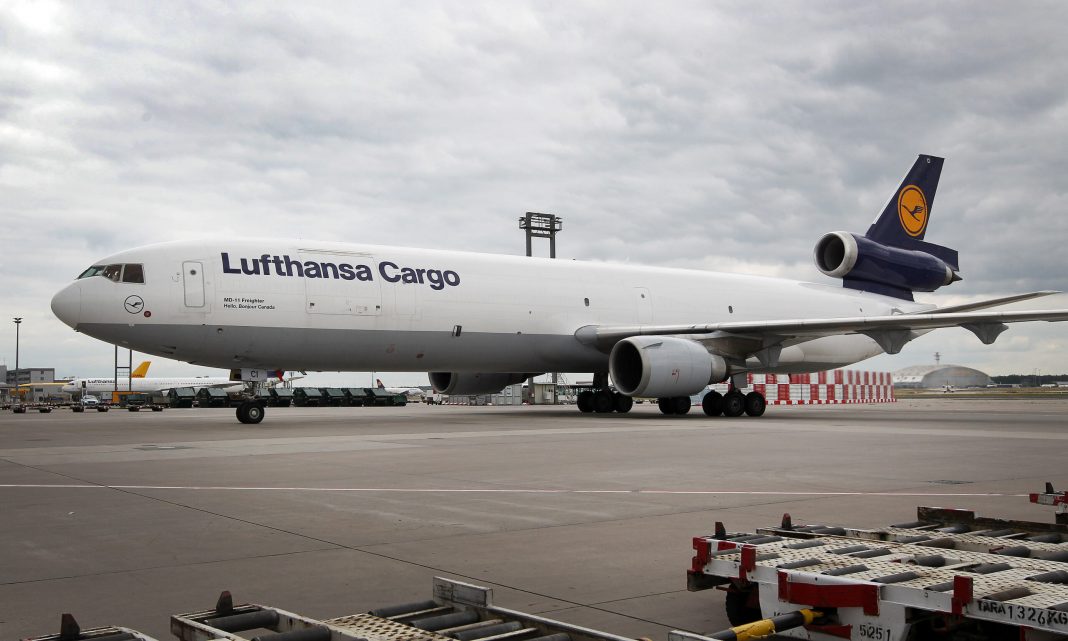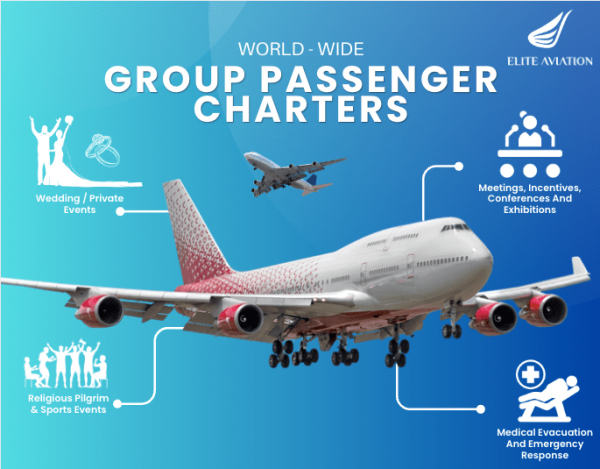The McDonnell Douglas MD-11 was a development of the earlier DC-10. Launched in 1990, its striking trijet design renders it one of the most recognizable widebody airliners of its generation. Its third, tail-mounted engine set it apart visually from its contemporary competitors. But how crucial was this to ensuring the aircraft’s safety in the event of a wing-mounted engine failure?

Engine failures now mitigated for by ETOPS
Today, the use of twinjet aircraft on long-haul sectors has become the norm. This is thanks to the increased efficiency of modern engine technology, but also due to ETOPS rules. This stands for ‘Extended-range Twin-engine Operational Performance Standards.’ These regulations ensure that twin-engine long-haul flights across extended stretches of open water remain no more than a given amount of flying time from the nearest airport suitable for an emergency landing.
However, previously, and particularly before the advent of ETOPS, trijet or quadjet long-haul operations were the norm. Earlier this year, we examined the question as to whether a Boeing 747 could fly safely under the power of just one of its four engines. This is, of course, not a sustainable way to fly the aircraft.
Stay informed: Sign up for our daily aviation news digest.

However, historical examples showed that, in the event of multiple engine failures, keeping at least one engine running will prolong the 747’s time in the air. This can prove a crucial difference in giving the crew sufficient time to divert to a suitable emergency landing location. But how does the safety of the MD-11 compare in such situations?
MD-11 engine failures
In the event of an engine failure, the center-mounted nature of its third engine tends to make the MD-11 comparatively easy to handle. Just last month, Simple Flying reported on such an incident that occurred in the USA.
In this case, a FedEx MD-11F suffered a left-engine failure during its initial climb out of Memphis, Tennessee. Witnesses reported hearing and seeing explosions and fireballs coming from the aircraft as a result of the failure. However, under the power of its remaining two operational engines, the flight was able to safely make an emergency landing back at Memphis shortly afterward.

According to Aviation Safety Network, the MD-11 has been involved in 32 accidents since 1993. However, a common theme among these appears to be issues with the aircraft’s flight control systems, rather than engine failure. Nonetheless, a NASA study on the MD-11 and Boeing 747 from 1998, titled Using Engine Thrust for Emergency Flight Control, does underline:
“…the feasibility of emergency control using engine thrust and other systems, such as lateral fuel transfer, with all engines out on one side of a two-, three-, or four-engine airplane.”

Conclusion
However, the key word in NASA’s findings is, of course, emergency. It is possible for pilots to safely make an emergency landing with an MD-11 in the event of a wing-mounted engine failure. However, to fly the aircraft for an extended time like this would be unsafe and unsustainable.
The MD-11’s third engine enhanced its performance and added an extra layer of security in the event of a wing-mounted engine failure. However, such technology was expensive to develop, and the aircraft did not produce its promised performance figures. Selling only 200 examples, these factors, along with the advent of ETOPS, quickly rendered the type obsolete for passenger carriers. Luckily, avgeeks can still enjoy the quirky majesty of this iconic trijet design at various cargo airlines worldwide.
Have you ever been onboard a flight that has experienced an engine failure? What are your thoughts on the MD-11? Let us know in the comments!
[ad_2]
Source link


